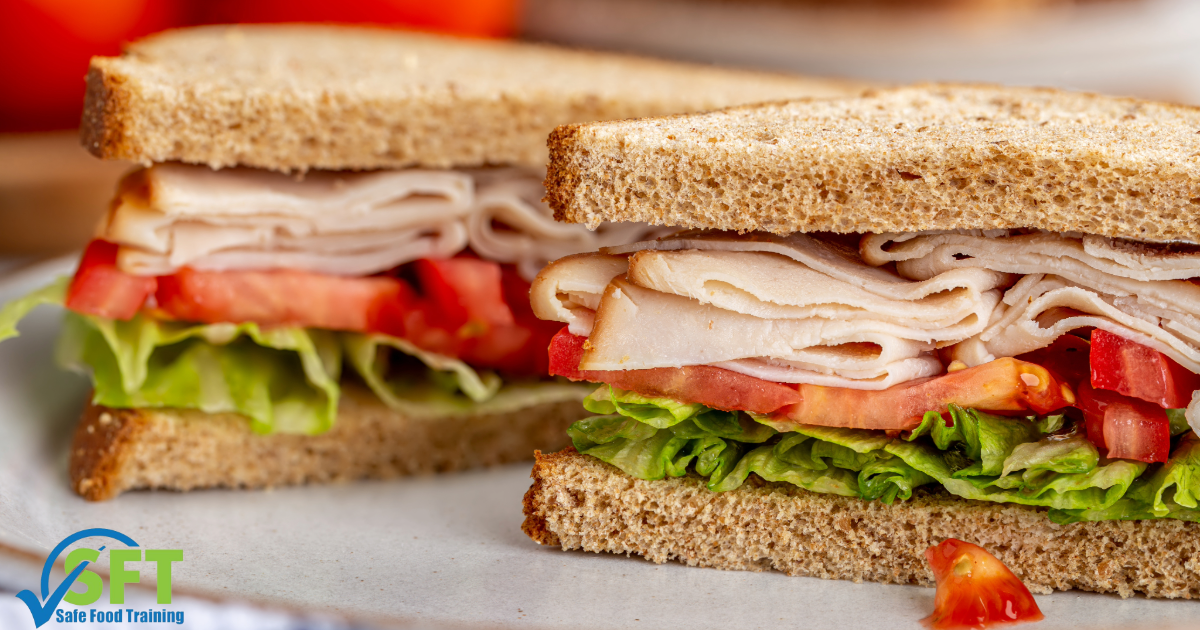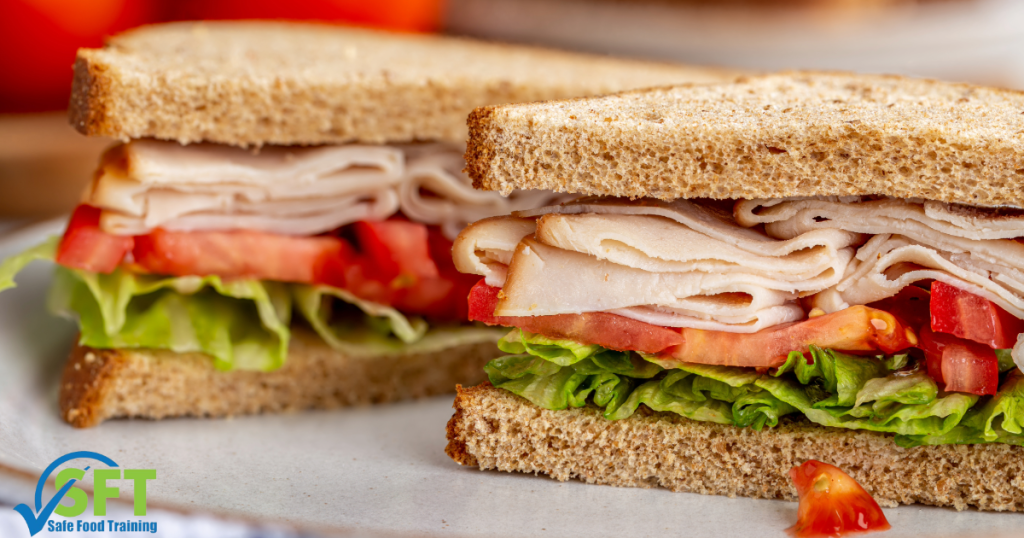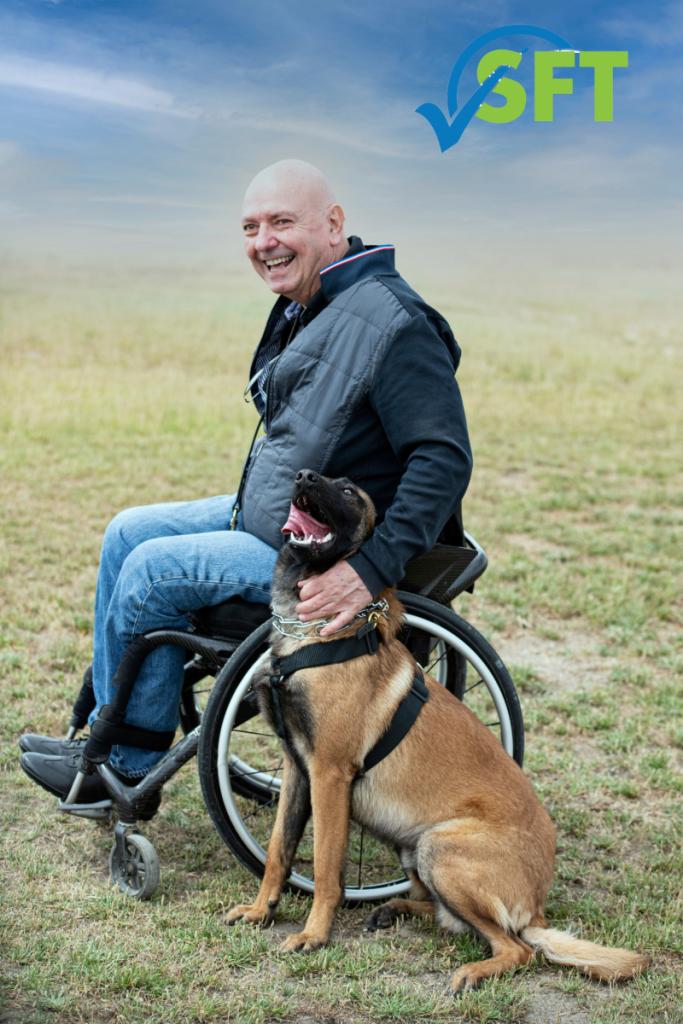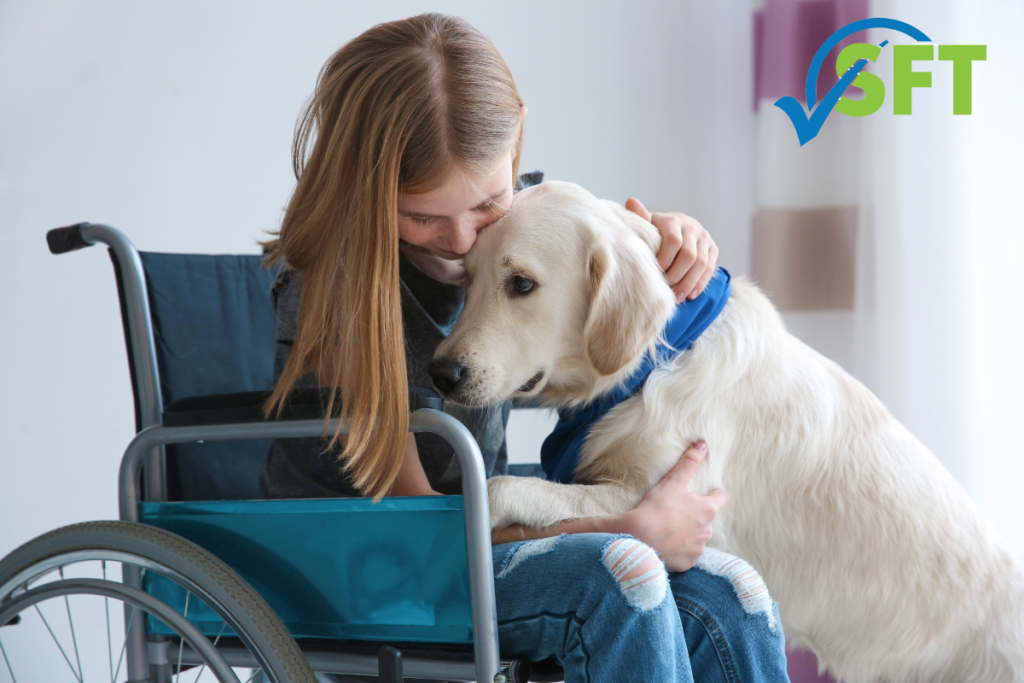In the past six months, the United States has witnessed a troubling increase in foodborne illness outbreaks, raising significant concerns for public health and safety. Understanding these outbreaks is essential for both consumers and food protection managers as they navigate the complexities of food safety.
Notable Foodborne Illness Outbreaks

Notable outbreaks have emerged, highlighting the severity of the situation. One significant incident involved a listeria outbreak linked to frozen supplemental shakes served in hospitals and nursing homes, resulting in 12 deaths and 38 infections across 21 states. This outbreak prompted a recall of Lyons ReadyCare and Sysco Imperial Frozen Supplemental Shakes manufactured by Prairie Farms Dairy, emphasizing the need for vigilance in food sourcing and distribution.
Another alarming recall involved over 7 million pounds of deli meats and poultry items from Boar’s Head due to a multistate listeria outbreak. The Maryland Department of Health detected the outbreak strain in a liverwurst sample, underscoring the critical importance of rigorous testing and monitoring in food production.
Additionally, a Salmonella outbreak linked to raw milk products from Raw Farm LLC in Fresno, California, has sickened at least 165 individuals since 2023, extending into 2024. These incidents illustrate the diverse sources of foodborne illnesses and the need for heightened awareness among consumers and producers alike.
Huge Increase in Illnesses
Statistical data reveals a 25% increase in foodborne illnesses in 2024 compared to the previous year, with 1,392 reported cases. Hospitalizations more than doubled, rising from 230 to 487, and deaths increased from 8 to 19. Alarmingly, 98% of these illnesses stemmed from just 13 foodborne illnesses outbreaks, primarily involving Listeria, Salmonella, or E. coli.
Several factors may contribute to this surge in outbreaks, including infrastructural issues, regulatory gaps, and oversight challenges. Inadequate resources and enforcement have delayed responses to contamination incidents, highlighting the need for systemic improvements in food safety regulations.
To mitigate risks, consumers are advised to stay informed about recalls and practice safe food handling and preparation. Food producers should implement stringent safety protocols and regular inspections to ensure compliance with food safety standards. Moreover, there is a pressing need for enhanced regulatory measures and increased funding for food safety oversight agencies to prevent future outbreaks.
In conclusion, the recent surge in foodborne illness outbreaks underscores the importance of vigilance from both consumers and producers in ensuring food safety. Addressing systemic issues in food safety regulations and infrastructure is crucial to mitigating the risk of future outbreaks, ultimately protecting public health and fostering consumer trust in the food supply.








